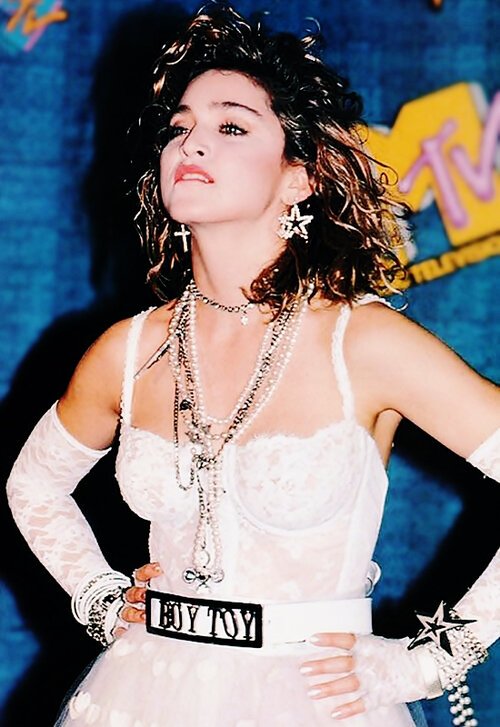FEATURE:
Black History Month
PHOTO CREDIT: Josh Hild/Pexels
Bringing New Music Series to the Screen
_________
AS it is Black History Month…
PHOTO CREDIT: John-Mark Smith/Pexels
in the U.K., it makes me think about the representation of Black artists and stories on the screen. In terms of original series, there has not been a whole lot recently. I am not particularly talking about documentaries. In terms of music series, there are relatively few that features Black actors. It is easy to say that it is due to a lack of opportunity or space on the air. Maybe few filmmakers and writers coming through. I am also thinking about American series. I have been thinking of ideas that are set at particular points in times. Maybe people will say the ground has been covered when it comes to Hip-Hop in the 1980s or Disco in the 1970s. I have been thinking particularly about female Black actors bringing musical genres and periods to life. Maybe an original series that features a female Hip-Hop group in the late-1980s. Perhaps set in Brooklyn or another part of New York. Featuring a soundtrack of other artists from the time, it would be interesting because we would get another exploration and examination of a phenomenal time in music. One where Black artists were laying down these incredible messages and timeless albums. I know it was a tougher time for women in that day. Not given as much room and respect as their male peers. Regardless, there is no doubt that a lot of the best and most original music from that golden age of Hip-Hop was from the queens.
IN THIS PHOTO: The National Museum of African American History and Culture/PHOTO CREDIT: MIke Von/Unsplash
There are a few reasons why it would be wonderful seeing a series set in the 1980s or 1990s. Focusing on Hip-Hop and some of the queens of the genre. Perhaps it would be a fictional trio. One that has to fight for rights and power among some of the heavyweights. The backlash they face. Their relationships with each other and outside the group. The way they have to work from the bottom to get to the same level as their peers. It would be a compelling multi-part series that I think would get a lot of viewers. Either featuring some amazing women from Hip-Hop in New York or, and maybe we stay within the state, a series that takes on Disco as its centre. Perhaps not a Disco troupe but something like Studio 54. A series that looks at some of the last days of Disco and some incredible Black stories. Rather than having well-known artists and figures from the time tell their story, they would be part of the tapestry and background. I would love to take a look inside the Disco movement of the late-1970s. All of the social and political tension around then. How there was all sorts of music. Not that Disco is an entirely Black movement. It would put Black characters at the centre. We have seen an absence of original and grippling music series across streaming channels. I am trying to think of the most recent examples. Nothing comes to mind.. I have been watching great documentaries like Summer of Soul and am inspired. How they are so intoxicating. Summer of Soul is a 2021 American independent documentary film about the 1969 Harlem Cultural Festival. I was awe-struck by it. I was looking around Disney+, Netflix and Paramount+ and you don’t really see many series with music at the core.
I do feel there would be a huge demand. Maybe a series that looked at different periods of music and history around New York. Starting in the late-1960s and maybe Harlem. Late-1970s and Disco. Hip-Hop of the 1980s. Perhaps then ending with the 1990s. Perhaps a ten-episode arc for each series. The fact the soundtracks would be so eclectic and stunning is a big draw. Highlighting some amazing rising actors and telling inspiring stories. Putting Black stories to the front. At the moment, I can’t see any on the horizon. I think we need to have more music series available. I am not sure what would rule them out. Perhaps the cost of clearing music. Harder to make the storylines and characters as appealing or watchable as something that was more dramatic or conventional. I don’t know. There would definitely be plenty of humour. As we are coming towards the end of Black History Month, my mind has been opening up. How few music series we have seen in the past few years. How there are even fewer that centre Black actors. I would love to see that shift. I am not sure what the title of the series would be. As I say. If it is a conceptual series that has four different series in different periods, it would provide more scope. The budget would not need to be huge. Logistically, I think something ambitious could be created without it being inaccessible. I do think networks should think about it. If there are writers and directors out there with these ideas. Once one comes to air and invariably takes off, there would be even more series blossoming…
IN THIS PHOTO: Inside a New York Disco in the 1970s/PHOTO CREDIT: Bill Bernstein via The Standard
AFTER that.










































































